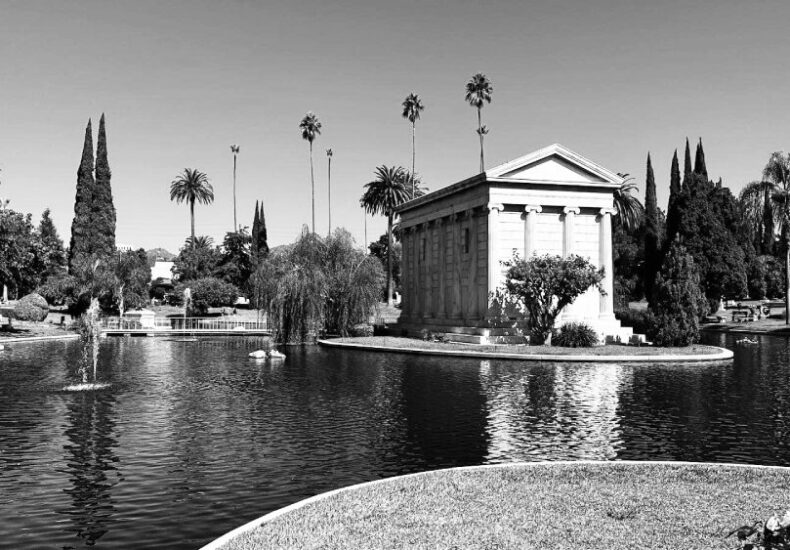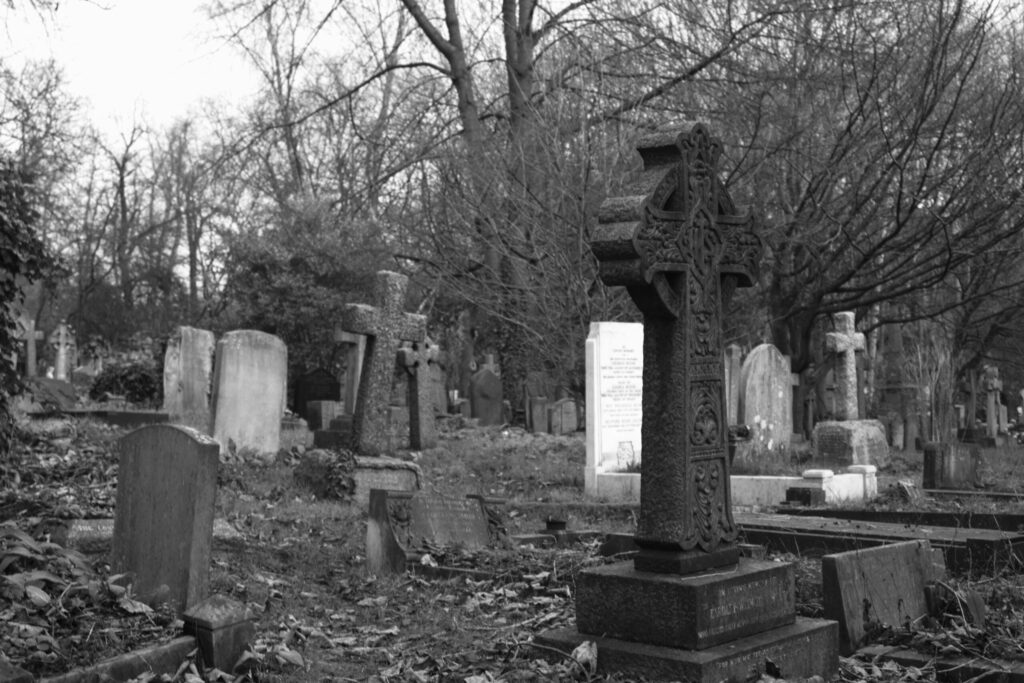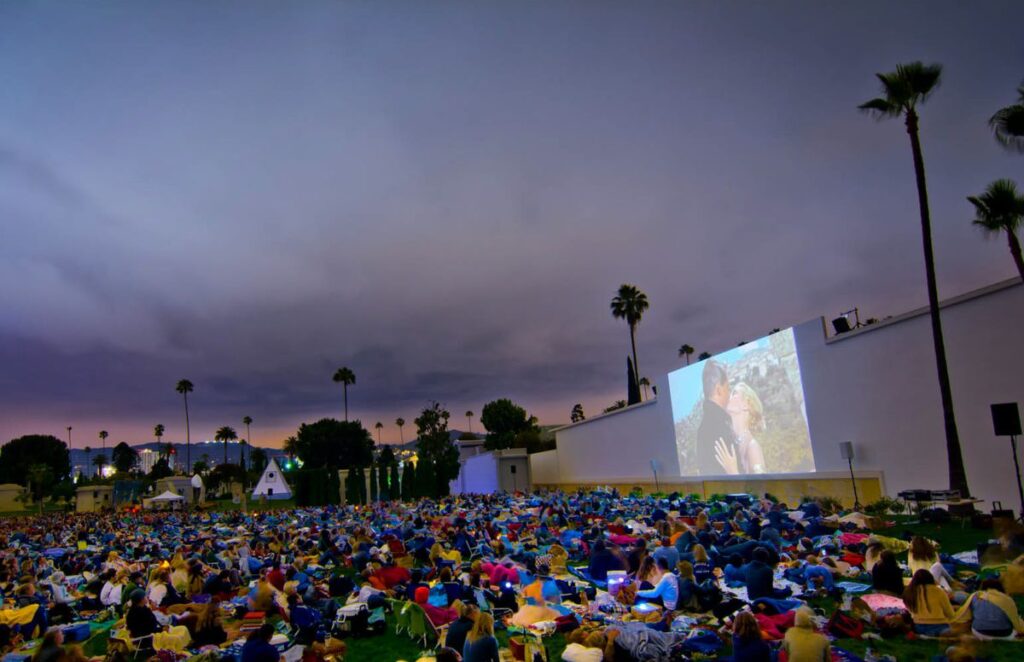
Hollywood Forever: How Cemeteries Turn Into Tourist Attractions
When we think of cemeteries, we often picture quiet, somber places reserved for mourning and remembrance. Yet, some cemeteries have transformed into major tourist attractions, drawing crowds for reasons beyond paying respects to the dead. One of the most famous examples is Hollywood Forever Cemetery, an iconic burial ground in Los Angeles that has become a cultural hotspot. But how does a cemetery evolve from a resting place into a must-visit destination?
In this post, we’ll explore the history of Hollywood Forever, the elements that make cemeteries attractive to tourists, and the ethical considerations of turning final resting places into entertainment venues.
Contents
- The Rise of Hollywood Forever Cemetery
- Why Do Cemeteries Become Tourist Attractions?
- The Ethics of Cemetery Tourism
- The Future of Cemetery Tourism
- Bottom Line
- FAQs
The Rise of Hollywood Forever Cemetery
From Forgotten to Famous
Established in 1899, Hollywood Forever Cemetery originally served as the burial site for many of early Hollywood’s elite.
However, by the 1970s, the cemetery had fallen into disrepair. Poor management and financial issues led to neglect, with many graves overgrown and mausoleums crumbling.
Everything changed in 1998 when Tyler Cassity, a businessman with a vision for cemetery restoration, purchased the site. Under his leadership, Hollywood Forever was revived—not just as a burial ground but as a cultural landmark.
A Celebrity-Studded Resting Place
One of the biggest draws of Hollywood Forever is its famous residents. Tourists flock to see the graves of Hollywood legends such as:
- Rudolph Valentino – The silent film heartthrob whose crypt attracts annual memorials.
- Judy Garland – The beloved Wizard of Oz actress relocated here in 2017.
- Johnny Ramone – Punk rock icon with a striking bronze statue at his grave.
- Cecil B. DeMille – The legendary filmmaker behind The Ten Commandments.
These high-profile burials have cemented the cemetery’s reputation as a star-studded landmark, drawing fans and film enthusiasts from around the world.


Right: Rudolph Valentino’s grave
Why Do Cemeteries Become Tourist Attractions?
1. Historical and Cultural Significance
Cemeteries often serve as time capsules of history. Visitors don’t just come to see tombstones—they come to connect with the past. Hollywood Forever, for instance, preserves the legacy of the entertainment industry, making it an essential stop for film historians and pop culture lovers alike.
Other cemeteries, like Père Lachaise in Paris (home to Oscar Wilde and Jim Morrison) and Highgate Cemetery in London (where Karl Marx is buried), have similarly gained fame due to their historical significance.


2. Unique Architecture and Art
Mausoleums, crypts, and tombstones are often masterpieces of sculpture and design. Hollywood Forever boasts:
- Elaborate mausoleums with stained glass and intricate carvings.
- The Abbey of the Psalms – A grand structure housing many Hollywood elite.
- Sculpted memorials like Johnny Ramone’s guitar-wielding statue.
This blend of art and history turns cemeteries into open-air museums, drawing visitors interested in architecture and design.

3. Events and Entertainment
Hollywood Forever has successfully redefined how cemeteries engage the public. Instead of being purely places of mourning, they also host:
- Outdoor movie screenings – The Cinespia film series turns the cemetery into an open-air theatre, where thousands gather to watch classic films among the graves.
- Concerts and live performances – Musicians and artists perform at special events, using the cemetery as a hauntingly beautiful venue.
- Día de los Muertos festival – Hollywood Forever hosts one of the largest Day of the Dead celebrations in the U.S., blending Mexican tradition with Hollywood glamour.
By embracing cultural events, the cemetery attracts visitors who might not otherwise step foot in a burial ground.

4. The Thrill of the Macabre
Let’s face it—there’s an undeniable allure to cemeteries. Some visitors are drawn by ghost stories, urban legends, and the eerie beauty of tombstones at dusk. Hollywood Forever has its share of ghostly tales, adding an element of intrigue for paranormal enthusiasts.
The blending of history, celebrity culture, and the supernatural makes cemeteries like Hollywood Forever prime locations for dark tourism.

The Ethics of Cemetery Tourism
Whilst turning cemeteries into attractions can preserve history and generate revenue, it raises ethical questions.
1. Respect for the Deceased
Should the final resting places of the dead become entertainment venues? Critics argue that hosting movie screenings or concerts in cemeteries can feel disrespectful to the people buried there.
However, Hollywood Forever maintains a balance by ensuring events are tasteful and respectful. Families continue to visit loved ones, and new burials still take place.
2. Commercialisation vs. Preservation
Is it ethical to profit from cemetery tourism? Whilst ticketed events generate income, much of the revenue at Hollywood Forever goes toward maintaining and restoring the site.
Without tourism, many cemeteries (especially historic ones) might fall into neglect.
3. Cultural Sensitivity
Cemetery tourism must respect cultural traditions. Whilst Hollywood Forever thrives on its association with celebrity culture, other cemeteries—especially indigenous burial grounds or sites of mass tragedy—require a different level of sensitivity.
The Future of Cemetery Tourism
Hollywood Forever has paved the way for a new model of cemetery tourism—one that blends history, entertainment, and cultural preservation. As urban space becomes more limited, and interest in alternative tourism grows, cemeteries worldwide may adopt similar strategies to remain relevant.
Virtual tours, augmented reality experiences, and historical reenactments could shape the future of cemetery tourism, allowing visitors to engage with the past in innovative ways.
The key to success? Striking a balance between honouring the dead and engaging the living.
Bottom Line
Hollywood Forever Cemetery stands as a unique example of how burial grounds can evolve beyond their original purpose.
By embracing history, art, and entertainment, it has become more than just a final resting place—it’s a cultural landmark.
Whilst the transformation of cemeteries into tourist attractions raises ethical questions, when done respectfully, it ensures these spaces remain vibrant parts of our collective heritage.
So, the next time you visit Los Angeles, skip the Walk of Fame and take a stroll through Hollywood Forever—you might just find that cemeteries have more life in them than you think.
FAQs
Yes, Hollywood Forever continues to accept new burials, and families regularly visit the graves of loved ones. Despite its popularity as a tourist attraction, it remains a functional cemetery.
Absolutely! Hollywood Forever is open to the public, and visitors are encouraged to explore the grounds, pay respects to famous figures, or attend special events.
The cemetery ensures that all events maintain a respectful atmosphere. Proceeds from events help with the restoration and upkeep of the site.
Many visitors come specifically to see Rudolph Valentino’s grave, which is often adorned with flowers from devoted fans.
Yes! Cemeteries like Père Lachaise (Paris), Highgate (London), and St. Louis Cemetery No. 1 (New Orleans) have also become popular tourist destinations due to their history, famous burials, and unique atmosphere.

Leave a Reply